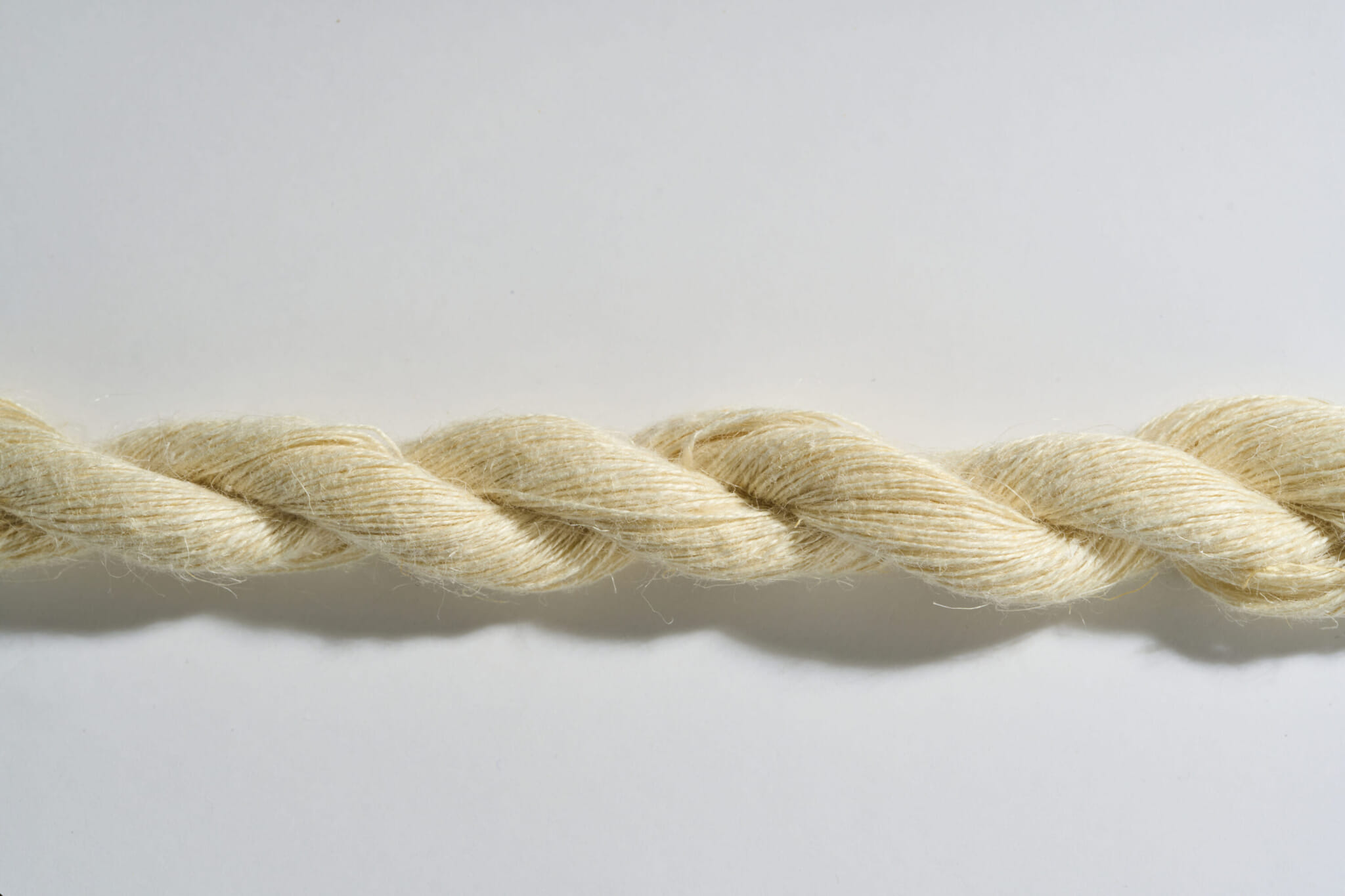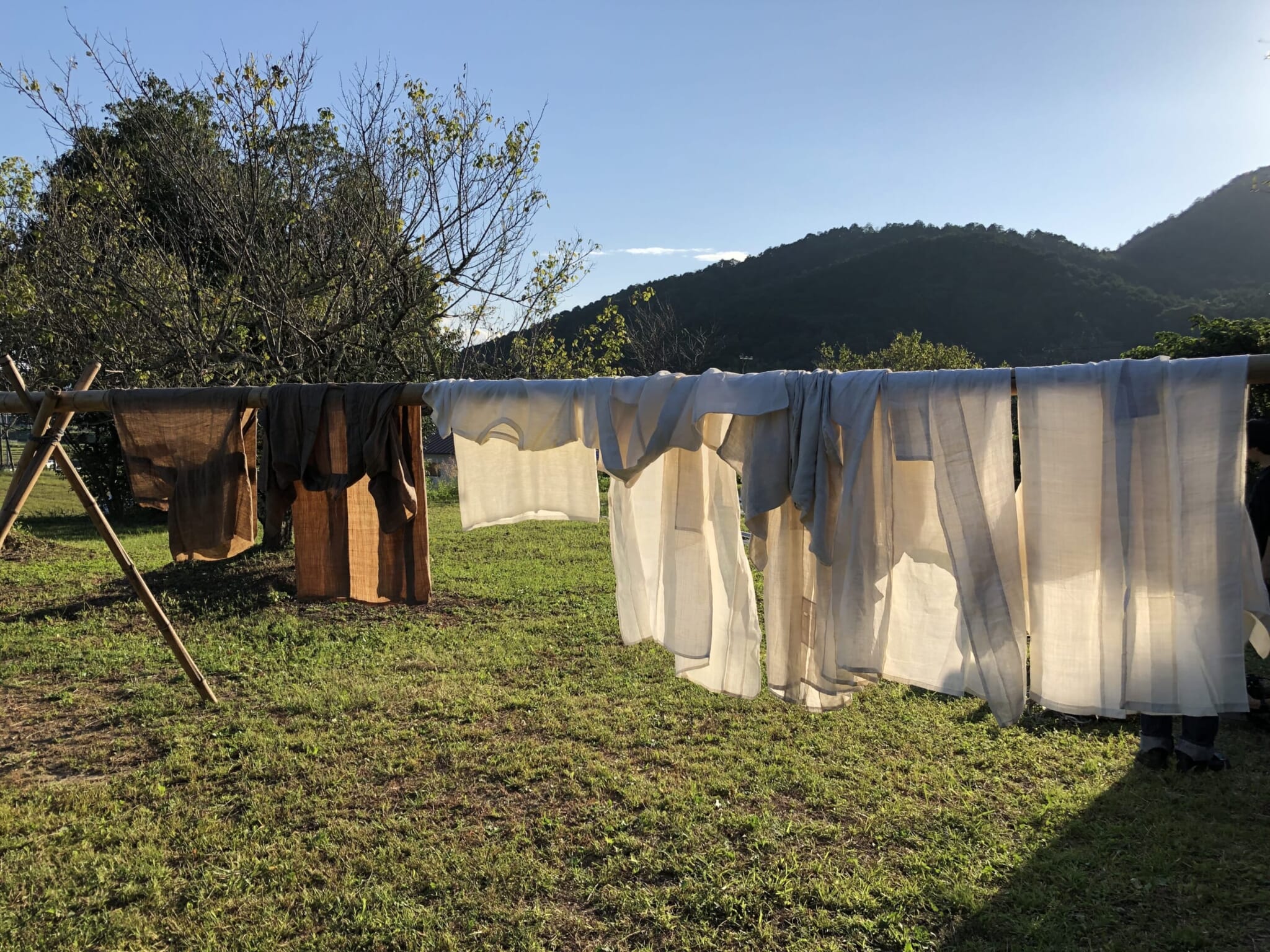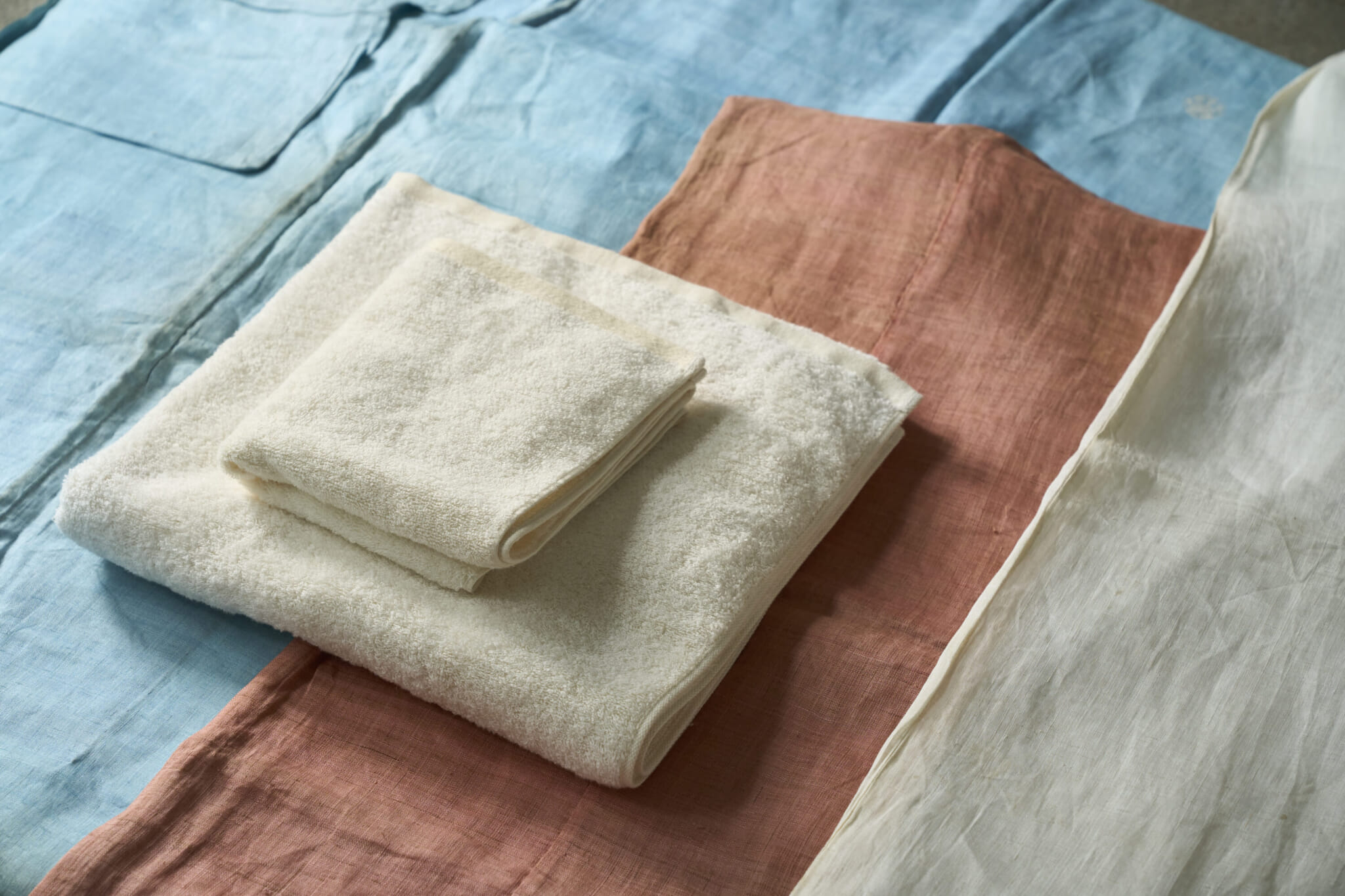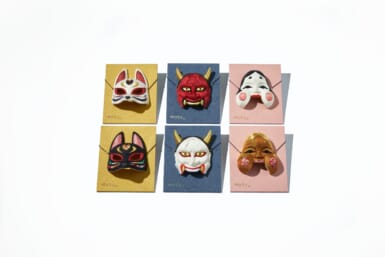Though it has recently gained attention worldwide, hemp has been woven into the fabric of Japanese culture for thousands of years, since the Jomon era. Used for everything from food, clothing and shelter to warding off evil spirits, its existence was integral to daily life. Though hemp has all but disappeared over the last century due to its incompatibility with machine spinning, Majotae has spent 10 years developing ways to recreate the fabric’s former handwoven feel and meet the needs of modern users.
A Fabric of the People
Before that, hemp’s functionality and versatility made it an integral part of daily life for generations. Warlords of the Sengoku period wore woven hemp loincloths, which, thanks to the fabric’s odor resistance and durability, were a boon on the battlefield. Matagi hunters also wore hemp-lined clothing when scaling mountainous terrain in freezing temperatures due to its breathability and heat-retaining qualities. Hemp’s antibacterial effects and purported mystical powers made it an ideal material for mosquito nets. Large homespun kaya nets would encompass entire rooms, protecting their inhabitants from pests and evil spirits. This custom can be seen in Edo-era ukiyo-e depictions of ladies at leisure.

An Auspicious Symbol
Since ancient times, Japanese people have believed hemp to be sacred. Without scientific explanations to clarify how it helped prevent illness through bacterial growth inhibition, hemp was considered a divine grain and used to ward off evil entities. Good luck charms were made using hemp fabric and worn, and the shimenawa ropes seen wrapped around trees and hung from the main halls in shrine precincts were exclusively made using hemp. Its associations with purity and virtue remain strong both within Shinto and beyond. Its auspicious significance means you can find it in the form of the asa no ha (hemp leaf) pattern, whose geometrical designs are often used on kimono fabrics and wooden kumiko structures.
Hemp Revival
The intricately woven hemp fabric of the Edo era was made using careful manual labor. Despite its durability, beauty and cultural significance, hemp lost ground to other fabrics such as cotton during the Meiji period due to its incompatibility with mechanical looms. Although hemp fabric has a reputation of being on the rough side, Edo-era hemp possessed both the softness of cotton and the suppleness of silk after repeated use. That softness couldn’t be reproduced using machines and was replaced by cheaper fabrics that could be manufactured quickly and easily. That is, until Majotae revolutionized the process. The brand has, with the help of homegrown state-of-the-art technology, reproduced the handmade qualities of hemp fabric and made Japanese hemp available to the world again.

Better Than Vintage
From start to finish, hemp — and Majotae’s recreation of the Edo-era handwoven fabrics in particular — is an environmentally friendly, wearable work of art that fits seamlessly into daily life. The brand’s textile products range from towels and shirts to an upcoming bed linen line, all of which have a remarkably gentle feel to the touch. Majotae fabrics, like denim, become softer and acquire a glowing luster the more they are used. They also dry quickly, making them ideal for surviving humid Japanese summers.
The hemp of Majotae, with its sacred history and contemporary sustainable endeavors, makes it a fabric that weaves the traditions of the future.
Learn more about Majotae through their official website or check out their Instagram page.









